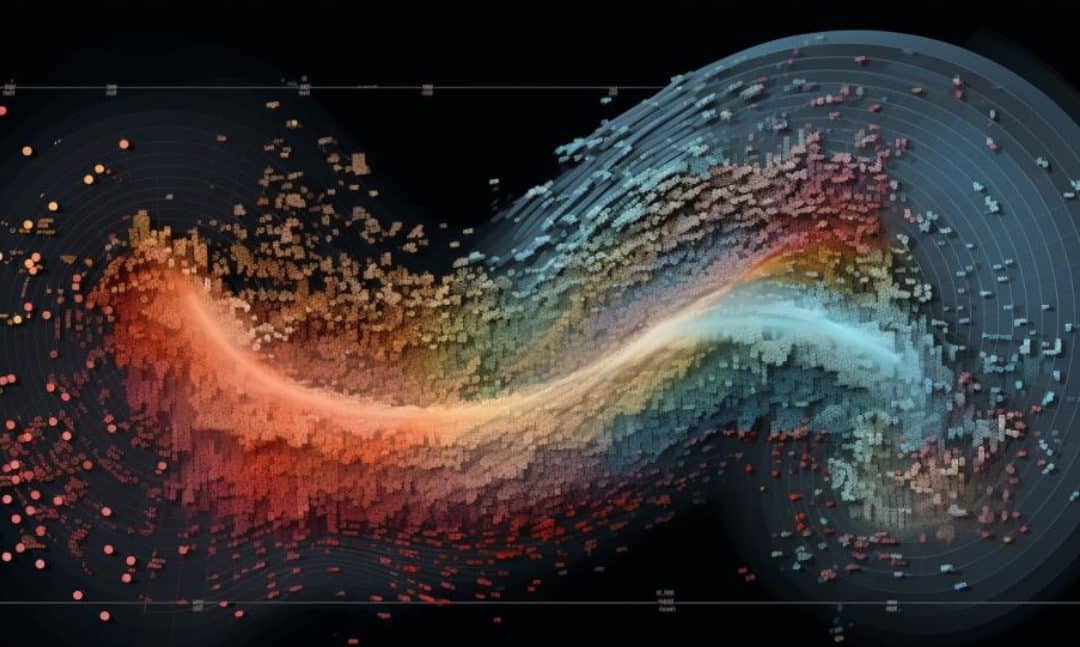In today’s data-driven world, accessing reliable and diverse datasets is essential for any analyst or data enthusiast.
With the correct data, you can uncover valuable insights, create predictive models, and make informed decisions across various domains.
Numerous websites and organizations offer free datasets for public use. These datasets cover various subjects, from sports to finance, healthcare, and more.
Whether you’re a beginner looking for simple data to analyze or an expert searching for a challenging project, these resources provide endless possibilities for learning and growing as a data analyst or data scientist.
In this article, we’ll discuss some popular sources where you can find these free datasets to analyze. This comprehensive list will serve as a launching pad for your data analysis journey and help shape your experience in data science.
So, gear up and get ready to dive into the world of free datasets!
Understanding Data Analysis

Data Analysis is the heartbeat of modern decision-making. It’s a process that involves inspecting, cleansing, transforming, and modeling data to discover useful information, inform conclusions, and support decision-making.
Data analysis is about revealing stories hidden within data, stories that can guide businesses, influence policy, and shape scientific research.
6 Key Components of Data Analysis
Data Collection and Cleansing: This is where it all begins. Gathering accurate data and scrubbing it clean of inaccuracies, inconsistencies, and irrelevancies is crucial. Think of it as preparing a canvas before painting.
Data Exploration: This step involves delving into the dataset to understand its characteristics and quirks. It’s about identifying patterns, outliers, and critical variables that will inform subsequent analysis.
Statistical Analysis: You apply statistical methods to test hypotheses or uncover patterns. It’s the science of making sense of data through numbers.
Data Visualization: A picture is worth a thousand rows of data. Visualization involves creating graphical representations of data to make complex information understandable and actionable.
Predictive Analytics: This advanced aspect of data analysis involves using data to forecast future events. It’s here that machine learning techniques often come into play.
Interpretation and Decision Making: Translating your findings into actionable insights is the final step. It’s not just about what the data shows but what it means for your project, company, or research question.
In your data science journey, you will encounter a variety of data processing projects. These projects can involve anything from data visualization to machine learning applications.
Understanding the entire data analysis process, from data collection to final insights, is crucial, regardless of the project type.
Next, let’s explore ten free datasets you can analyze and gain insights from.
10 Free Datasets to Analyze
As a data analyst or a machine learning enthusiast, having access to high-quality datasets is crucial for honing your skills and boosting your data-driven projects.
In this article, we’ll look at ten free datasets of varying sizes that can be used to analyze, learn from, and gain insights into various domains.
These datasets are available under open licenses so you can use them for analysis, research, teaching, or any other purpose.
First up, let’s take a closer look at the Yelp Dataset.
1. Yelp Dataset

The Yelp Dataset contains information about businesses, users, reviews, and other details collected from the Yelp social network.
The dataset has rich and diverse information, including detailed business attributes, user profiles, and reviews for over 1.6 million businesses across 10 metropolitan areas in 6 countries.
The total volume of the data is around 8.8 GB compressed (and about 110 GB decompressed), and it is available in various formats, including JSON, data files, and SQL scripts.
Yelp is widely used for data mining, personalization, and recommendation tasks; this dataset has published multiple state-of-the-art research papers on these topics.
You can use this dataset to study the performance of different recommendation systems, explore the relationship between business attributes and user reviews, and even discover interesting patterns in user behavior, such as the popularity of certain kinds of businesses in different areas.
Moving on, we have the US Census Demographic Data, providing a wealth of demographic information.
2. US Census Demographic Data
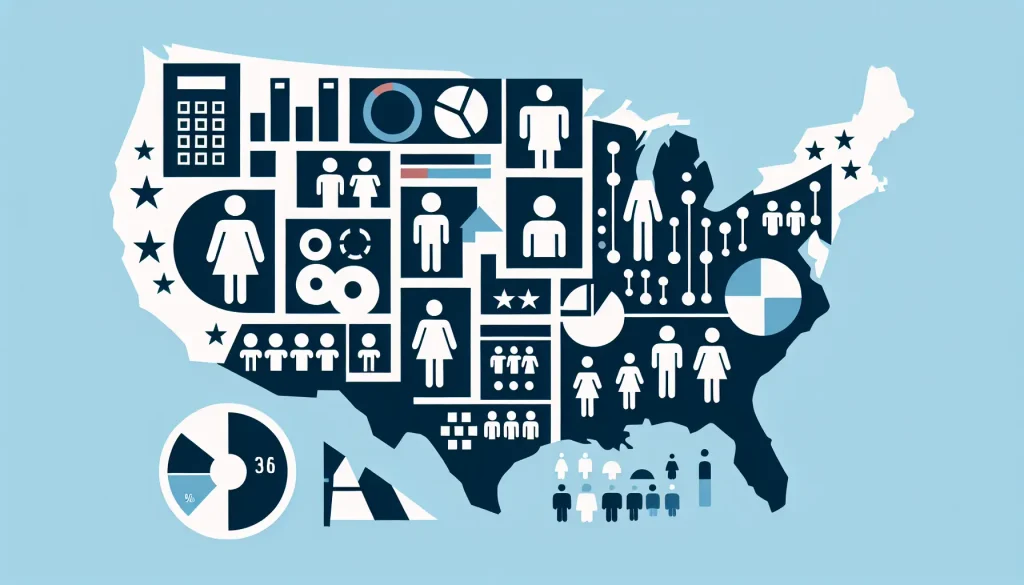
The United States Census is an annual nationwide survey that provides a wealth of demographic and socioeconomic information about the people and households of the United States.
You can find a range of datasets related to the US Census from various governmental and academic sources; these datasets are regularly updated and provide a comprehensive view of the country’s demographic landscape.
Using these datasets, you can explore various topics such as race and ethnicity, population growth and distribution, educational attainment, income levels, etc.
With the help of this data, you can better understand the social, cultural, and economic trends in different parts of the country and make data-driven decisions in various sectors such as business, public policy, and research.
Next, we have the IMDB Datasets, which offer comprehensive information about movies and TV shows.
3. IMDB Datasets

IMDB Datasets provides a vast and up-to-date information collection about movies and TV shows, including ratings, genre, cast, crew, and other related attributes.
There are three primary datasets:
Titles: Includes basic information about movies and TV shows, including title, release year, and type.
Principals: Provides a list of cast and crew members for each movie and TV show.
Ratings: Offers ratings and votes given to movies and TV shows by IMDB users.
These datasets offer a comprehensive entertainment industry view and can be used for various analyses and research projects.
For example, the titles dataset can be used to analyze trends in movie theater releases over time, while the ratings dataset can help identify the most popular movies and TV shows.
Additionally, the principal dataset provides valuable insight into the people who bring these stories and characters to life on screen.
The data is available for download as TSV files and can be accessed through the IMDB API.
Let’s move on to the Global Terrorism Database, a comprehensive dataset on terrorist incidents worldwide.
4. Global Terrorism Database
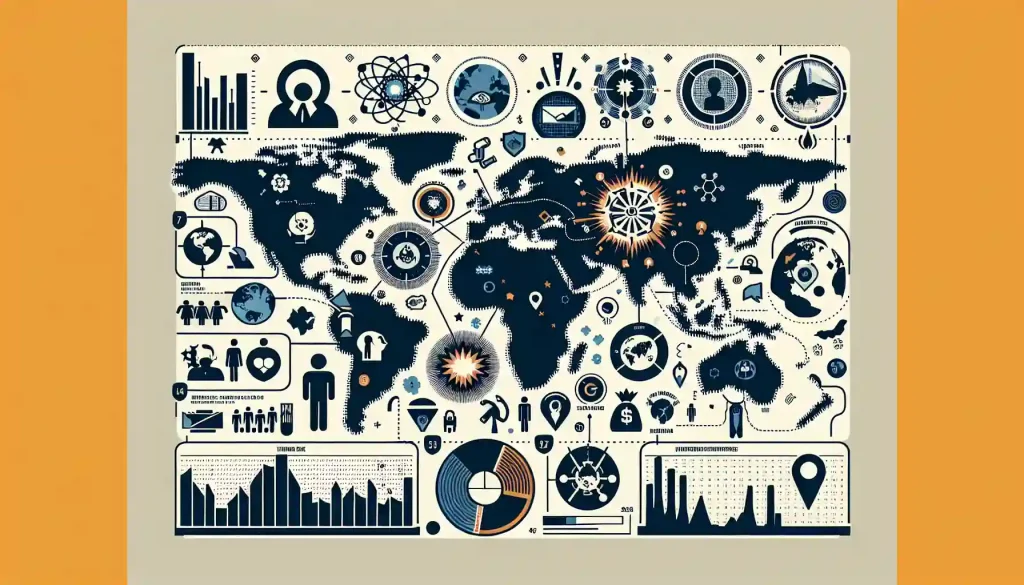
The Global Terrorism Database (GTD) is a comprehensive dataset that provides detailed information on terrorist attacks worldwide.
The National Consortium for the Study of Terrorism and Responses to Terrorism (START) at the University of Maryland maintains this dataset.
The GTD contains more than 200,000 terrorist incidents from 1970 to the present day, covering various details such as the date, location, weapon used, and casualties.
You can use the GTD to analyze trends in terrorist activity, examine the impact of terrorism on different regions and demographics, and study how counterterrorism measures affect the frequency and severity of attacks.
Furthermore, the dataset can also be used to develop machine-learning models to predict and prevent future terrorist incidents.
Now, let’s focus on the Chicago Crimes Dataset, which provides detailed information on criminal activities.
5. Chicago Crimes Dataset

The Chicago Crimes Dataset provides detailed information about criminal activities in Chicago. This dataset is maintained by the City of Chicago and is updated regularly.
The dataset includes information on theft, burglary, assault, and homicide. It also contains the time and location of each reported incident, helping analysts identify crime hotspots and trends.
This dataset can be used to extract insights into patterns of criminal activity, evaluate the effectiveness of law enforcement initiatives, and develop predictive models to anticipate future crimes.
In addition to exploring crime-related topics, this dataset also serves as an excellent resource for individuals interested in urban planning, public safety, and law enforcement.
Now, let’s delve into the World Bank Open Data, a valuable resource for socioeconomic and demographic indicators.
6. World Bank Open Data
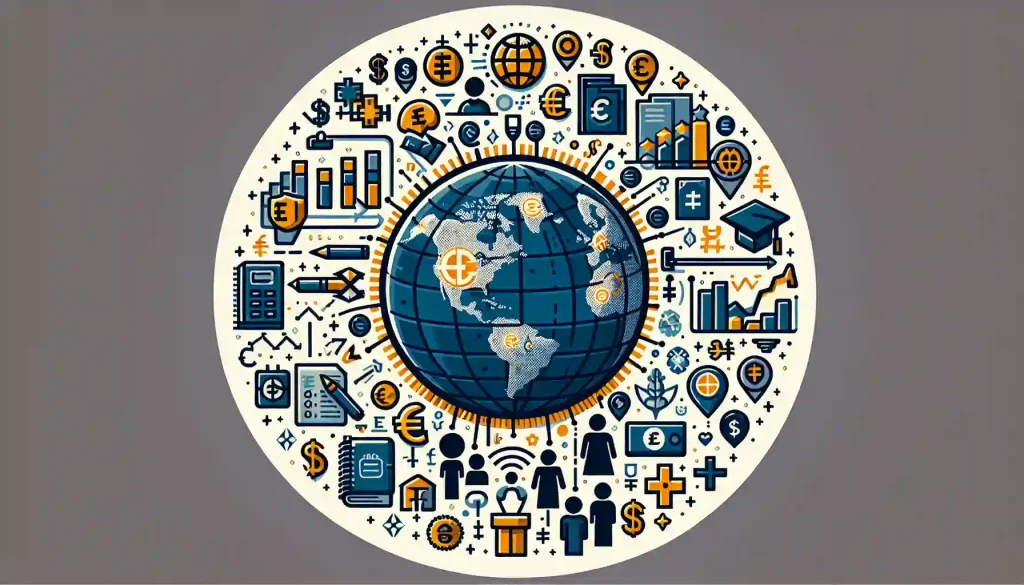
The World Bank Open Data provides a wide variety of socioeconomic and demographic indicators for nearly all countries worldwide. This dataset covers health, education, poverty, trade, and infrastructure.
The World Bank Open Data is an excellent resource for cross-country comparisons and longitudinal analysis of various development indicators. It is available in multiple formats, including CSV, Excel, and API, making it easily accessible to many users.
You can use this dataset to understand economic growth drivers, assess public policies’ impact on development, and gain insights into different countries’ challenges and opportunities.
The data is invaluable for researchers, policymakers, and analysts interested in global development and the social and economic factors that shape our world.
Let’s shift gears to COVID-19 datasets, which are crucial for understanding pandemic-related data trends.
7. Covid-19 Datasets

The COVID-19 pandemic has brought about significant changes to society and the economy. To better understand the effects and analyze data trends related to the spread of the virus, numerous organizations and individuals worldwide have gathered and shared a wide range of datasets about the pandemic.
These datasets cover new cases, deaths, vaccinations, testing, and other related topics such as lockdowns, economic effects, and public health policies.
With the help of the Covid-19 datasets, you can assess regional disparities, examine the effectiveness of different measures, and even predict future trends.
Government health departments, international organizations such as the World Health Organization, and independent groups release the data.
Working with these datasets can help you gain insights into the pandemic and support decision-making processes in various industries, including health, economics, and public policy.
Let’s explore Free Sound, a collection of sound clips for various analyses.
8. Free Sound

Freesound is a wealth of information stored as sound clips. It is an extensive collaborative database of Creative Commons-licensed sounds. It also acts as an archive of user uploads.
The dataset contains various sounds ranging from musical instruments, human and animal vocalizations, environmental sounds, and many more – making it a versatile and rich data source to analyze.
You can access the metadata details and sound clips using the Free Sound API to enrich your machine-learning models and audio analysis projects.
This makes it an invaluable resource for proper analysis, speech recognition, and music information retrieval tasks.
Moving forward, The Spotify Dataset offers extensive audio features and track information.
9. The Spotify Dataset

The Spotify Dataset provides access to an extensive collection of audio features and track information for millions of songs on the popular music streaming platform.
This dataset is valuable for music analysis, allowing you to extract insights about songs, artists, and genres and how listeners interact with them.
Some key audio features in this dataset include danceability, energy, loudness, instrumentalness, and valence. Apart from audio features, the dataset also contains information related to the track, such as name, album, release date, and artist.
Spotify offers multiple APIs to access its music catalog and audio features. You can use these APIs to access the dataset’s features, such as audio analysis, audio features of tracks, and detailed information about multiple track objects.
The dataset is also complemented with extensive training data in lists of short music cuts sampled from the entire catalog. This training dataset can be used for music thumbnailing and recommendation models.
Finally, let’s turn our attention to the IMD World Competitiveness Yearbook, a dataset on global economic indicators
10. IMD World Competitiveness Yearbook

The IMD World Competitiveness Yearbook provides a comprehensive dataset of economic and statistical indicators characterizing the competitiveness and attractiveness of countries worldwide.
It offers a broad array of economic, financial, and business-related data points, enabling researchers and analysts to understand and compare the overall attractiveness of different nations for business investment and economic growth.
The competitiveness dataset supplies yearly information on 340 criteria, including macroeconomic indicators, infrastructure, health, education, political stability, and more.
Researchers and policymakers can use this meticulous dataset to assess individual countries’ relative strengths and weaknesses, identifying areas for improvement while seeking opportunities for growth and collaboration among nations.
It is available in a digital format (xlsx) and is a paid dataset; however, it is a worthy investment for the insights it offers to those interested in international and cross-country economic analysis.
Moving on to practical use cases of free datasets.
Practical Use Cases of Free Datasets
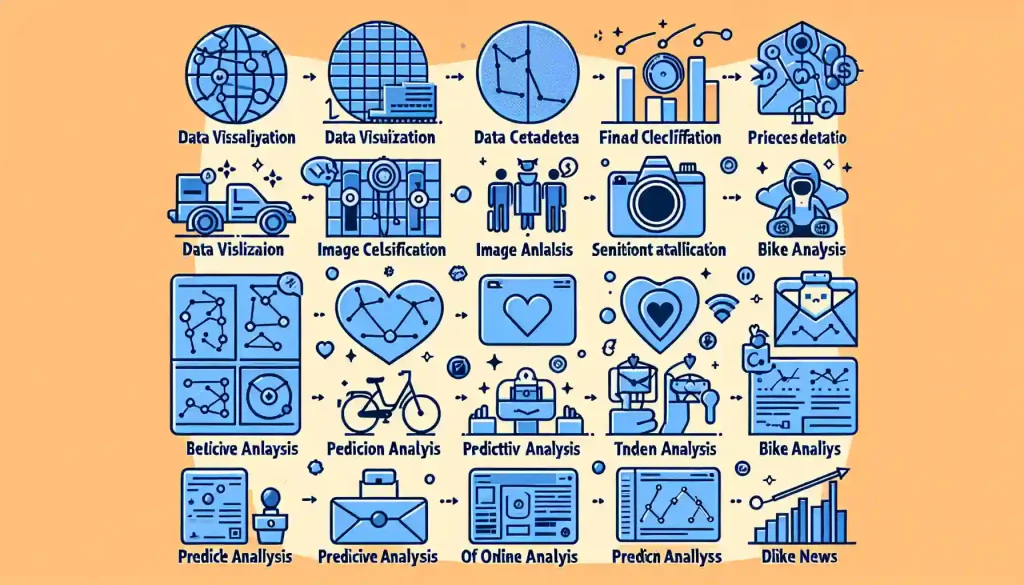
This section will discuss some practical use cases of free datasets. Free datasets can help you enhance your portfolio and demonstrate your skills in various domains, such as machine learning, data visualization, and data science projects.
Data Visualization Projects
Free datasets allow you to create stunning visualizations that exhibit your ability to find patterns, trends, and pivot points in data.
You could use data from Google Trends or Hourly Energy Consumption to create interactive visualizations that tell stories about your data, thus showcasing your expertise in data visualization.
Image Classification Projects
You can create machine-learning projects focusing on image classification using popular datasets like the MNIST Database of Handwritten Digits.
By training your model to predict and categorize handwritten digits, you demonstrate your knowledge of machine-learning algorithms and ability to handle large datasets with complex structures.
Sentiment Analysis Projects
Free datasets from sources like Amazon Product Reviews are excellent resources for sentiment analysis projects. With this data, you can build machine learning models that predict customer sentiment, helping organizations make informed decisions about their products and services.
Bike Rentals Prediction Projects
Datasets relating to bike rentals, such as weather and historical usage data, can be used to create machine-learning models for predicting bike rental demand. These projects showcase your skills in using regression algorithms and feature engineering techniques to make data-driven predictions.
BuzzFeed Trend Analysis Projects
Finally, using BuzzFeed data provided by FiveThirtyEight, you can create visualizations and predictive models that analyze trends in news and entertainment.
By exploring correlations between topics or predicting user engagement, you can demonstrate your ability to handle real-world data and contribute valuable insights to an industry that is constantly evolving.
By working on these diverse projects using free datasets, you will build a strong portfolio that showcases your skills and expertise in data science, machine learning, and data visualization.
Now, let’s dive into techniques for handling datasets.
6 Tips for Handling Datasets
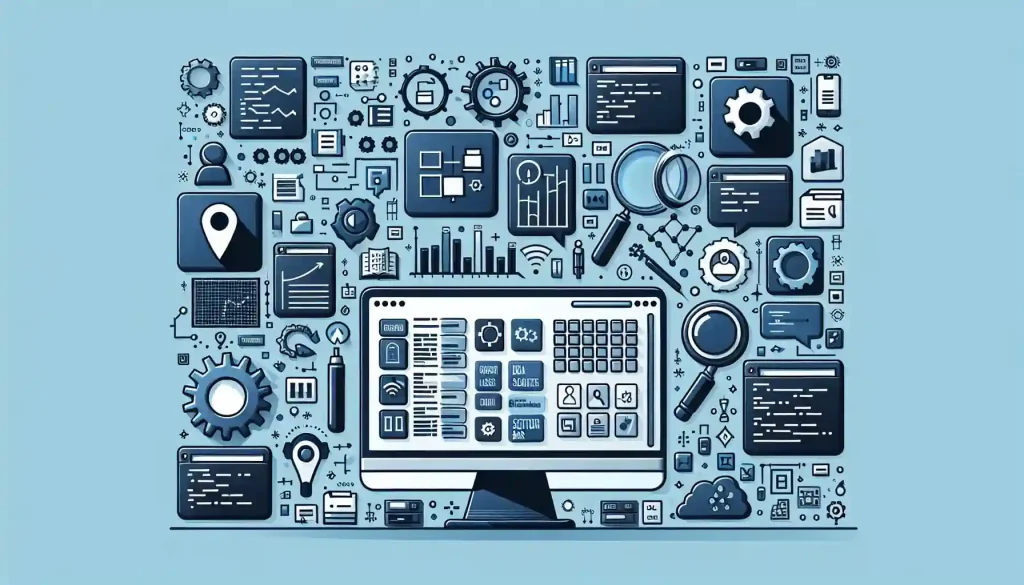
It is crucial to have effective techniques for handling datasets when working on data analysis projects.
This section provides practical tips and covers essential tools for better dataset management.
Tip 1
One of the most critical tasks in data analysis is cleaning and preparing data for further processing. Data often comes in raw formats and may contain incorrect values, duplicates, or missing entries.
Tip 2
Powerful libraries like Pandas and dplyr in Python and R, respectively, are indispensable for cleaning, formatting, and manipulating datasets. These libraries simplify tasks like filtering, renaming columns, and merging tables.
Tip 3
Once the data is cleaned, you can start your exploratory data analysis. Tools like Excel and dedicated Python libraries such as Seaborn, Matplotlib, and Plotly are essential for generating visualizations to examine distribution, trends, and outliers.
Tip 4
SQL is a must-have for querying databases and analyzing structured datasets, while Go (Golang) is an excellent choice for faster or concurrent processing when working with large-scale datasets.
Tip 5
Working with different data formats is essential as datasets come in various formats such as CSV, JSON, or Excel spreadsheets. Learning to parse and convert these formats using languages like R or Python is necessary to work more efficiently with diverse datasets.
Tip 6
It is crucial to store and manage datasets correctly. A well-structured directory and naming conventions are necessary for locating and accessing data files. Frameworks like Data Version Control (DVC) are indispensable for version tracking of datasets, ensuring a complete history of changes.
Lasty, let’s reflect on the main points of the article.
Final Thoughts

Collecting data is often the first and most crucial step in any data analysis or machine learning project. The more data you have, the more accurate and robust your analysis and models will be.
The datasets mentioned in this article can be used for various analysis tasks, from simple data exploration to more complex tasks such as building and testing machine learning models.
Additionally, these datasets are from different domains, such as social media, entertainment, public health, finance, and public safety. Therefore, you can experiment with various data while gaining insights into your domain of interest.
Finally, All datasets considered in this article are free to use and available under open licenses so that you can explore and analyze them to your heart’s content.
If you have more free datasets that would fit this list well, please share them with us in the comments section below.
Do you want to learn more about our AI code generator? It will seriously help with your data analysis. Check out this great video on the EnterpriseDNA YouTube channel.
Frequently Asked Questions
Where can I find free public data sources?
You can find accessible public data sources on websites like Data.gov, which houses many of the American government’s public datasets.
You can access various data types, including agriculture, climate, energy, local government, maritime, ocean, and older adult health datasets.
What are some good datasets for students to practice on?
Some recommended datasets for students to practice with include the COVID-19 dataset, which is a time-series data based on the daily cases reported in the United States.
Others include the Iris dataset, which consists of iris flower measurements, and the Titanic dataset, which contains passenger information from the ill-fated voyage.
Which datasets are suitable for data visualization projects?
Datasets that work well for data visualization projects often have a clear and concise structure and diverse variables for visual exploration.
Among them is Gapminder, with data on various social, economic, and environmental indicators—World, which offers a platform to discover and share datasets on multiple topics.
How can I discover new datasets for data analysis?
To discover new datasets for data analysis, consider visiting websites like Kaggle, which offers a plethora of datasets from a vast community of data scientists and enthusiasts.
Similarly, Google Dataset Search is another powerful tool that can help you find relevant datasets from various sources around the web.
What are some sample datasets for learning Tableau?
You can leverage the Tableau Public Gallery, which showcases various sample datasets and visualizations for learning Tableau.
You can explore and download these datasets for practice sessions and examine other users’ visualizations to gain new insights and inspiration.
Are there any accessible data sets in Excel to download for practice?
Yes, there are many accessible datasets available in Excel format for you to download and practice with—websites like Data.gov and data. World often provides options to download datasets in Excel format and alternative formats like CSV and JSON.
When browsing these websites, look for Excel-compatible file formats to download for your practice sessions.








